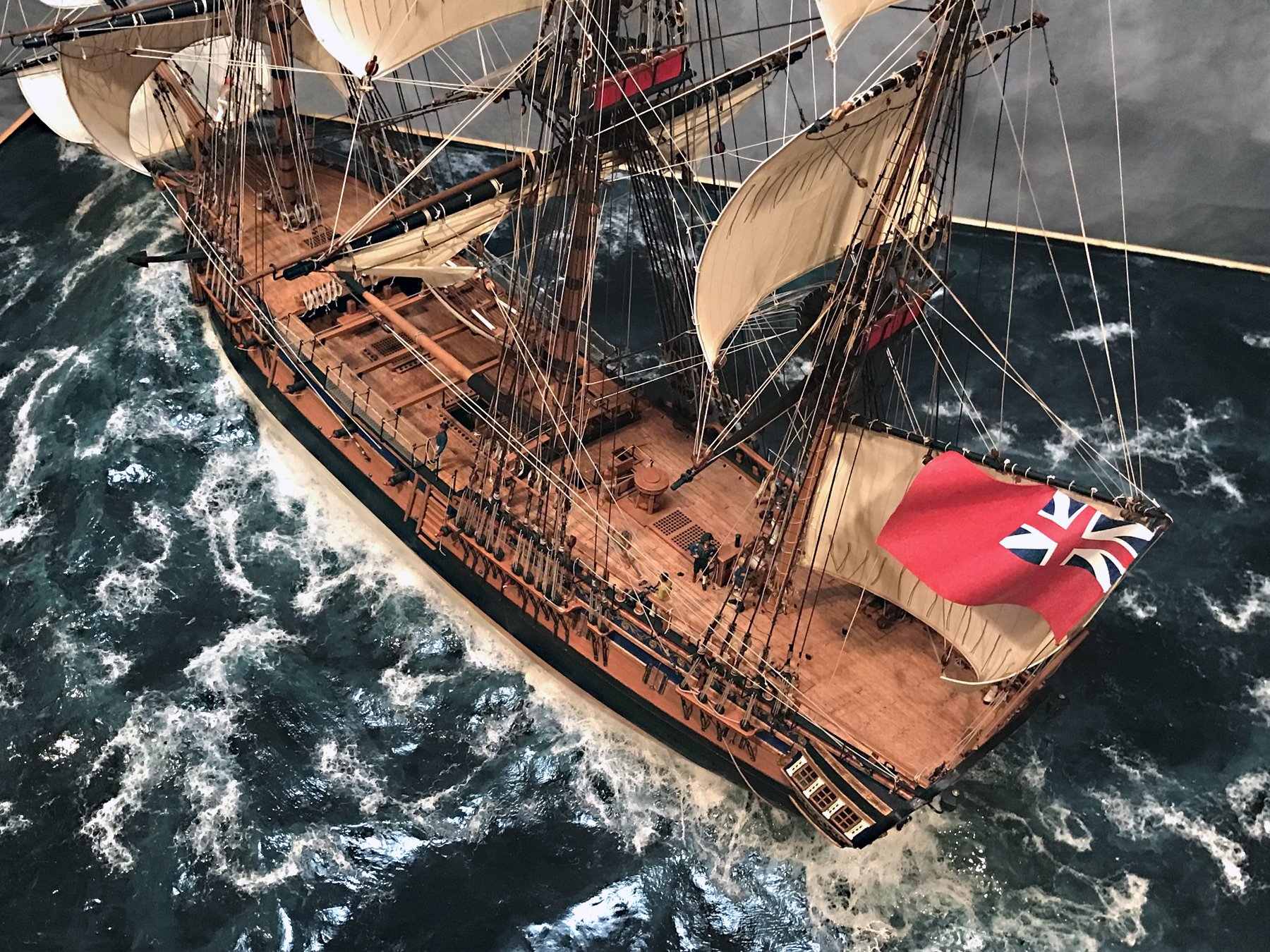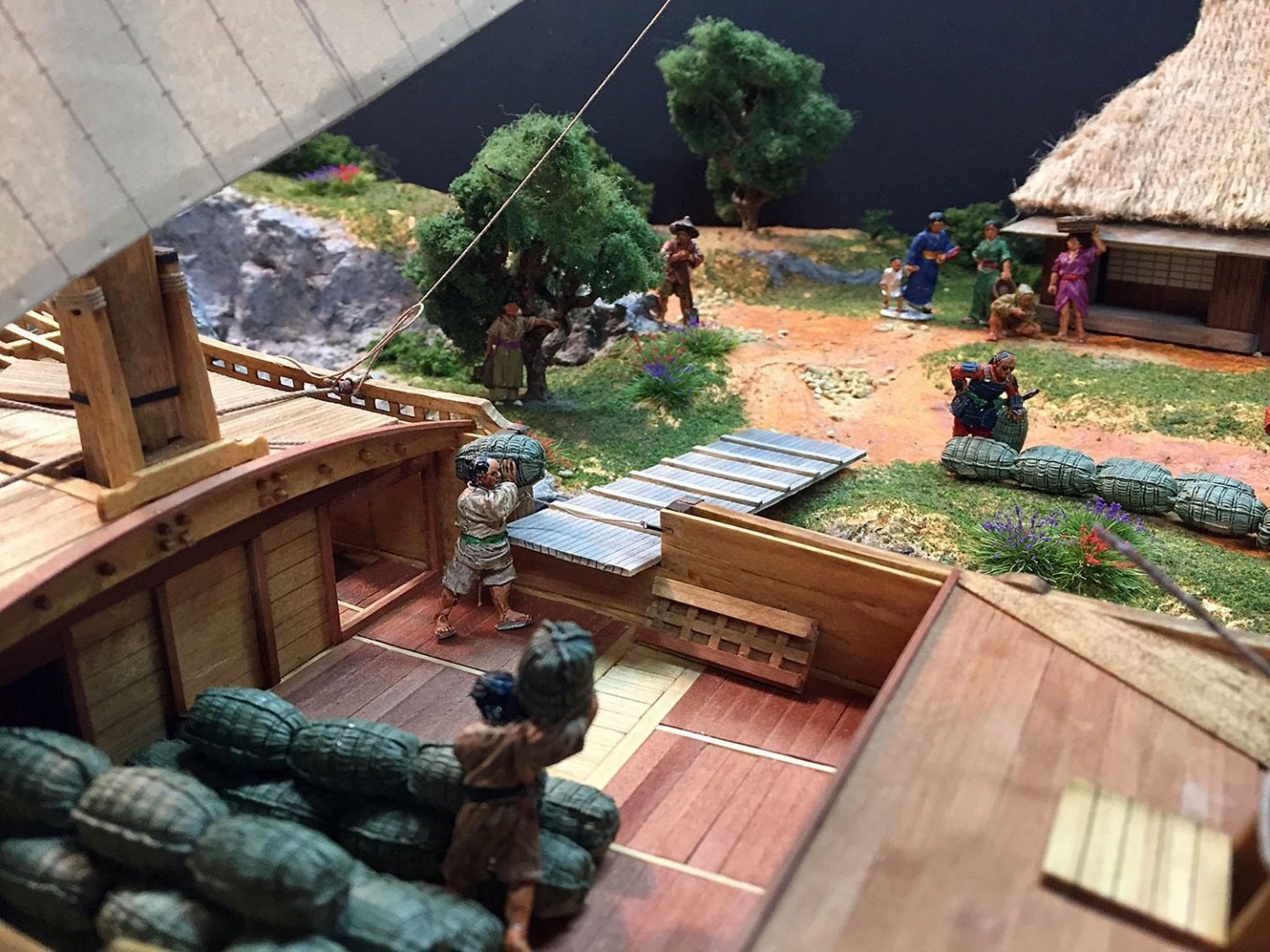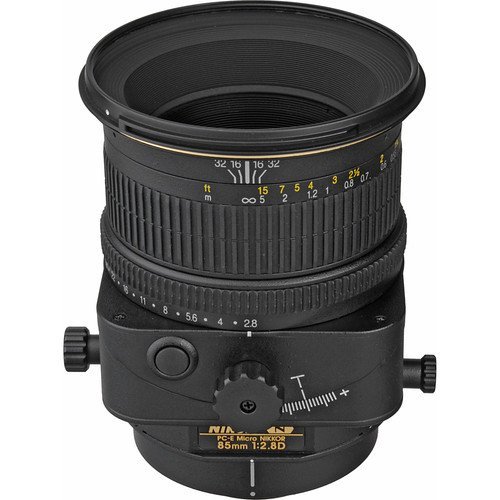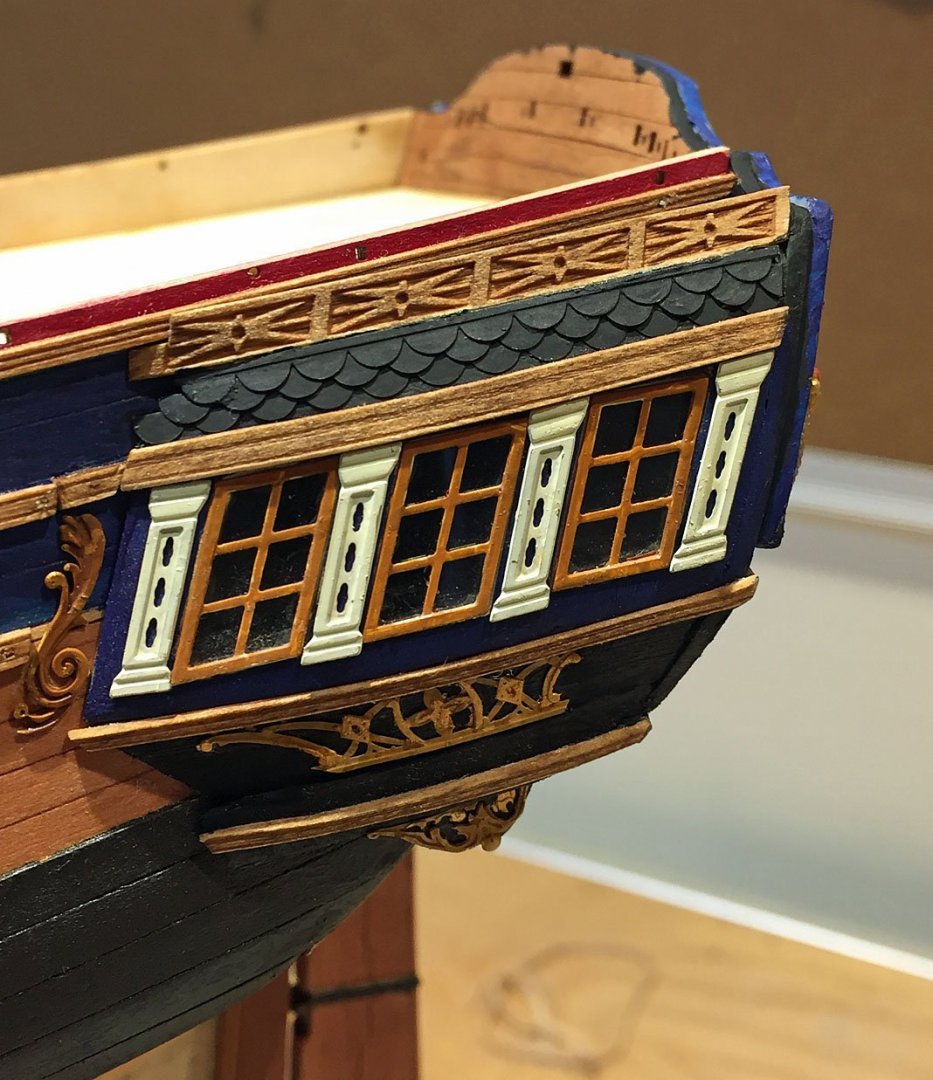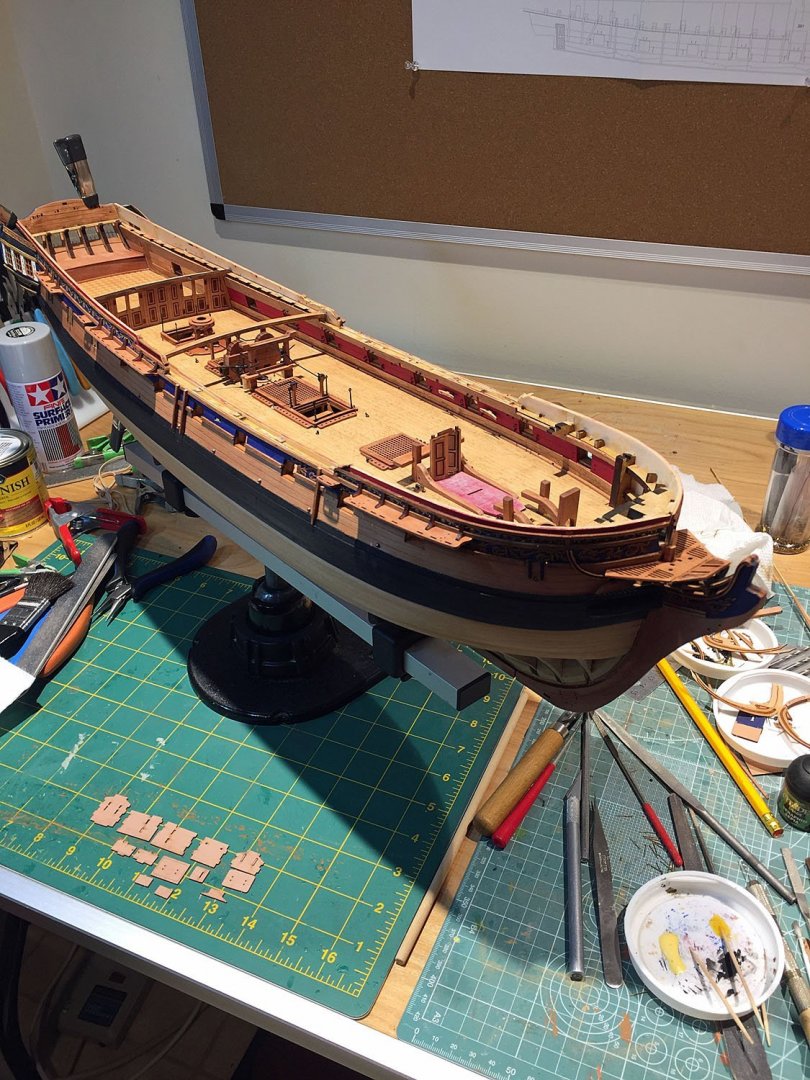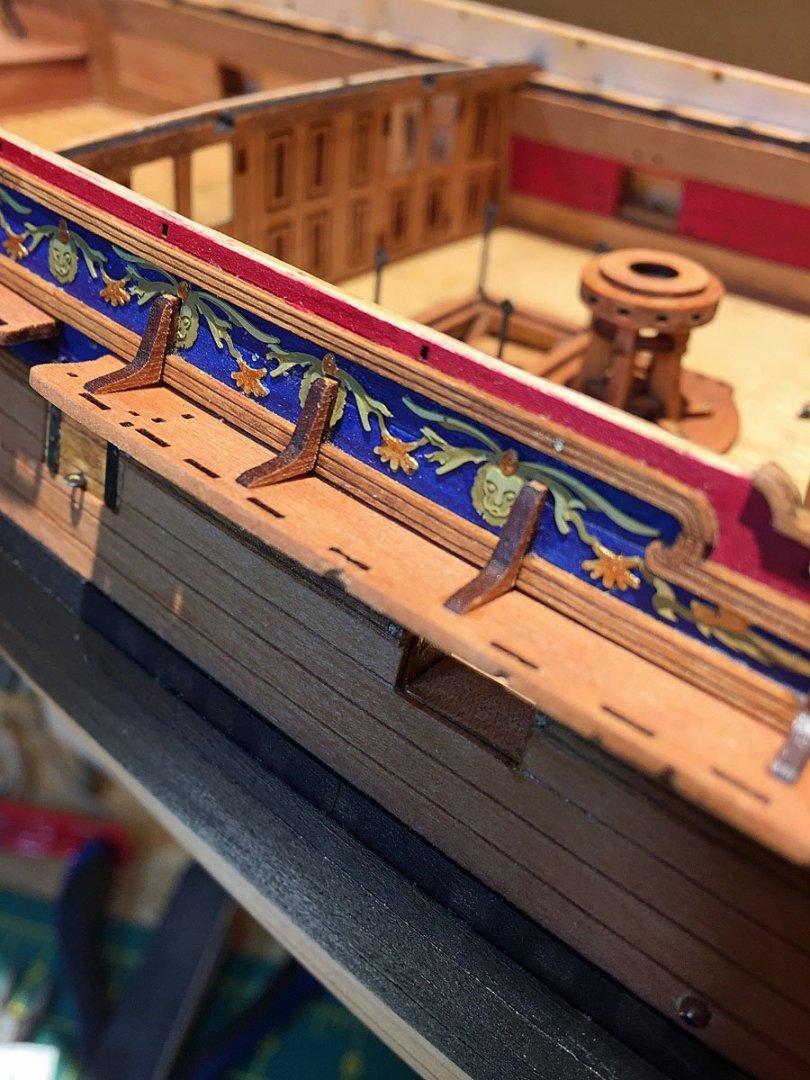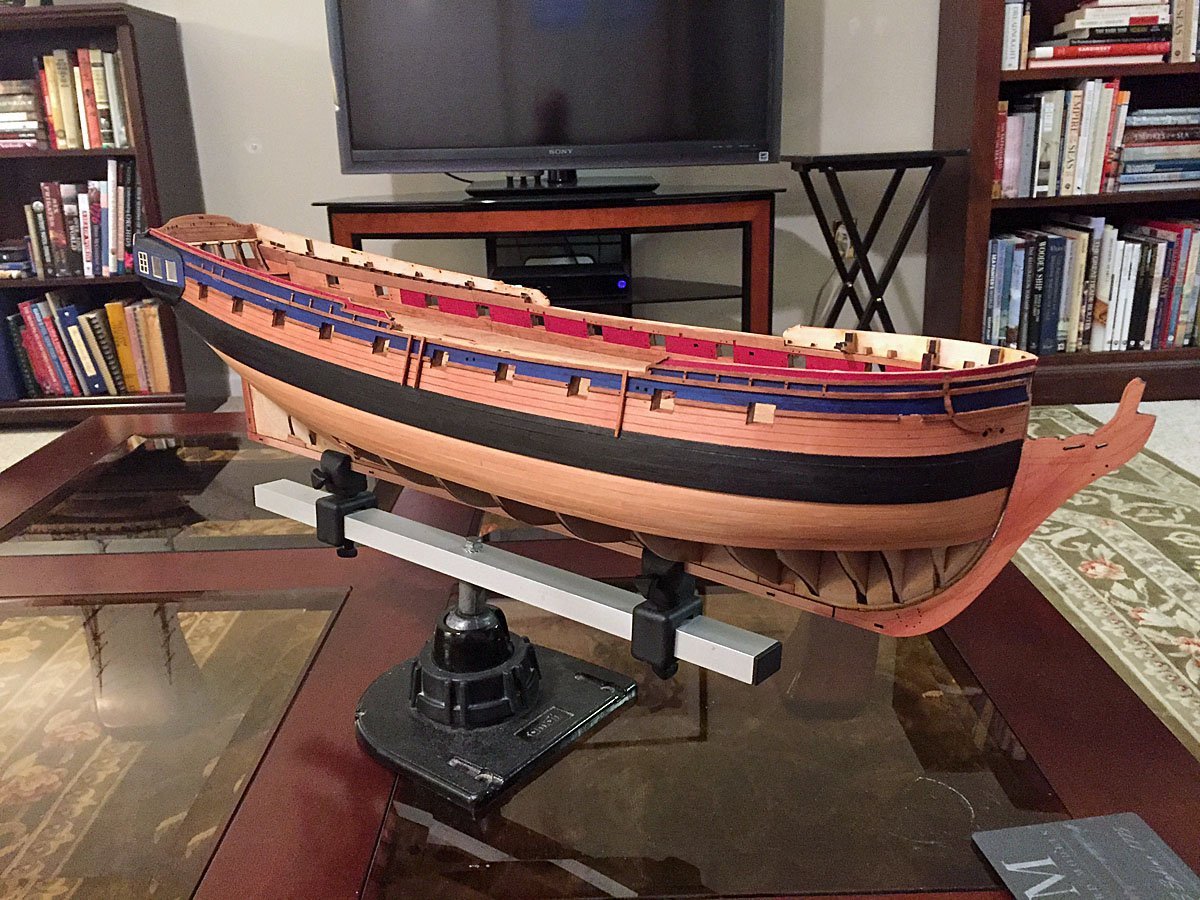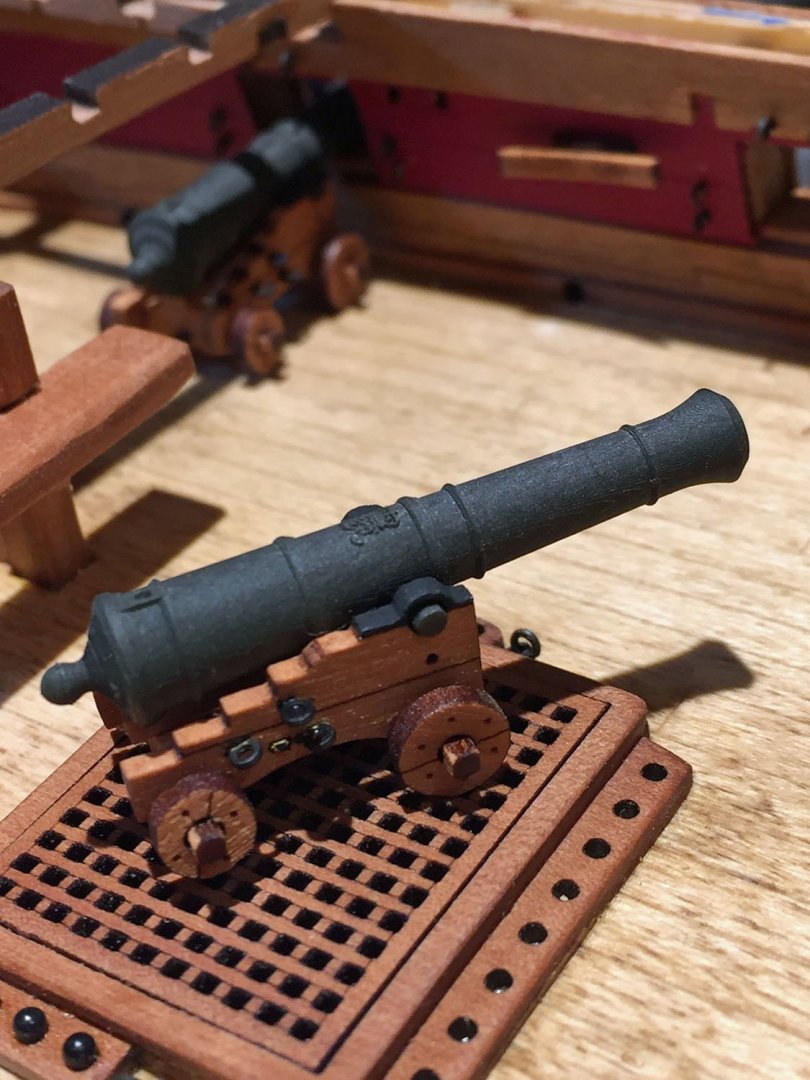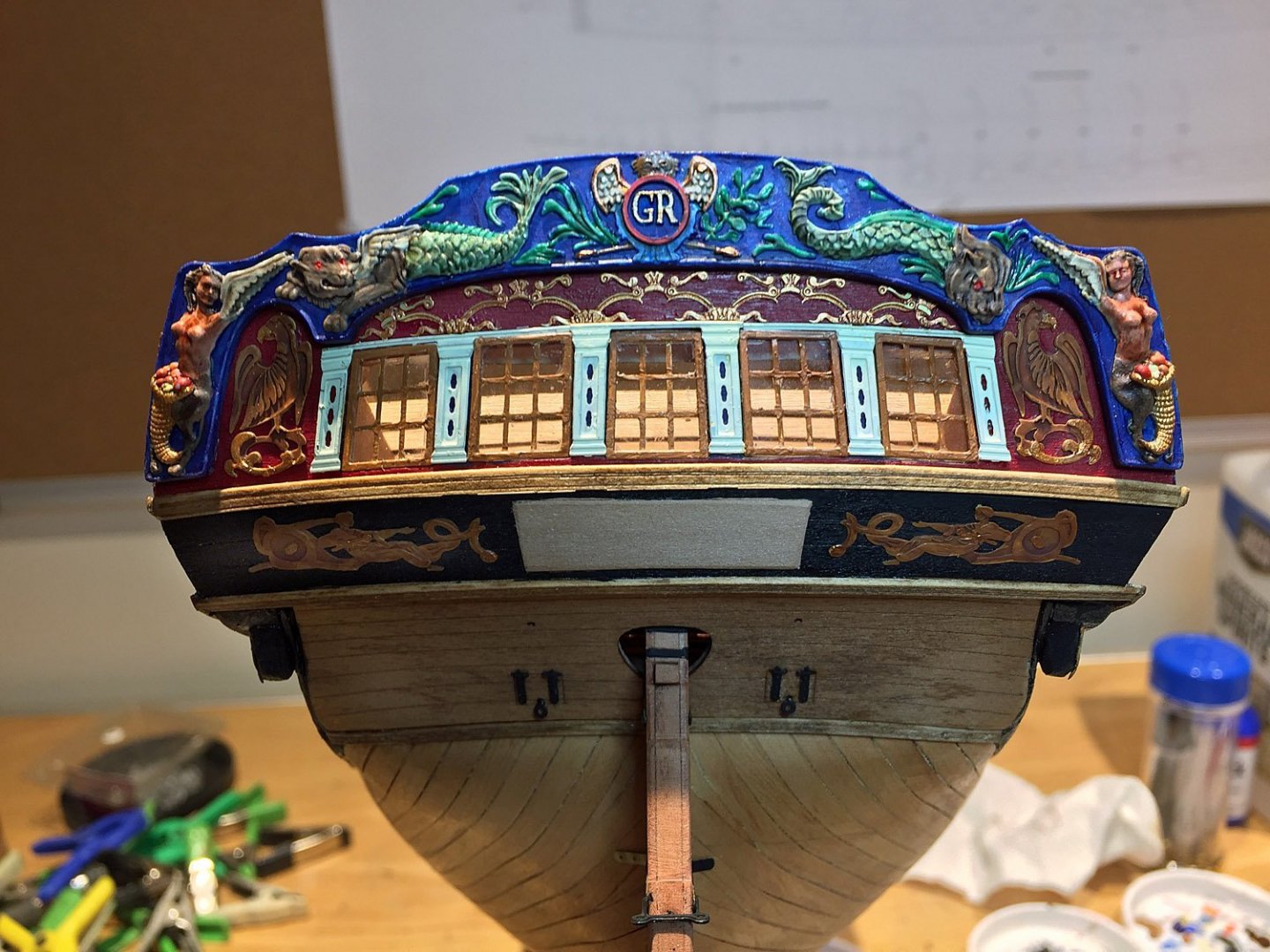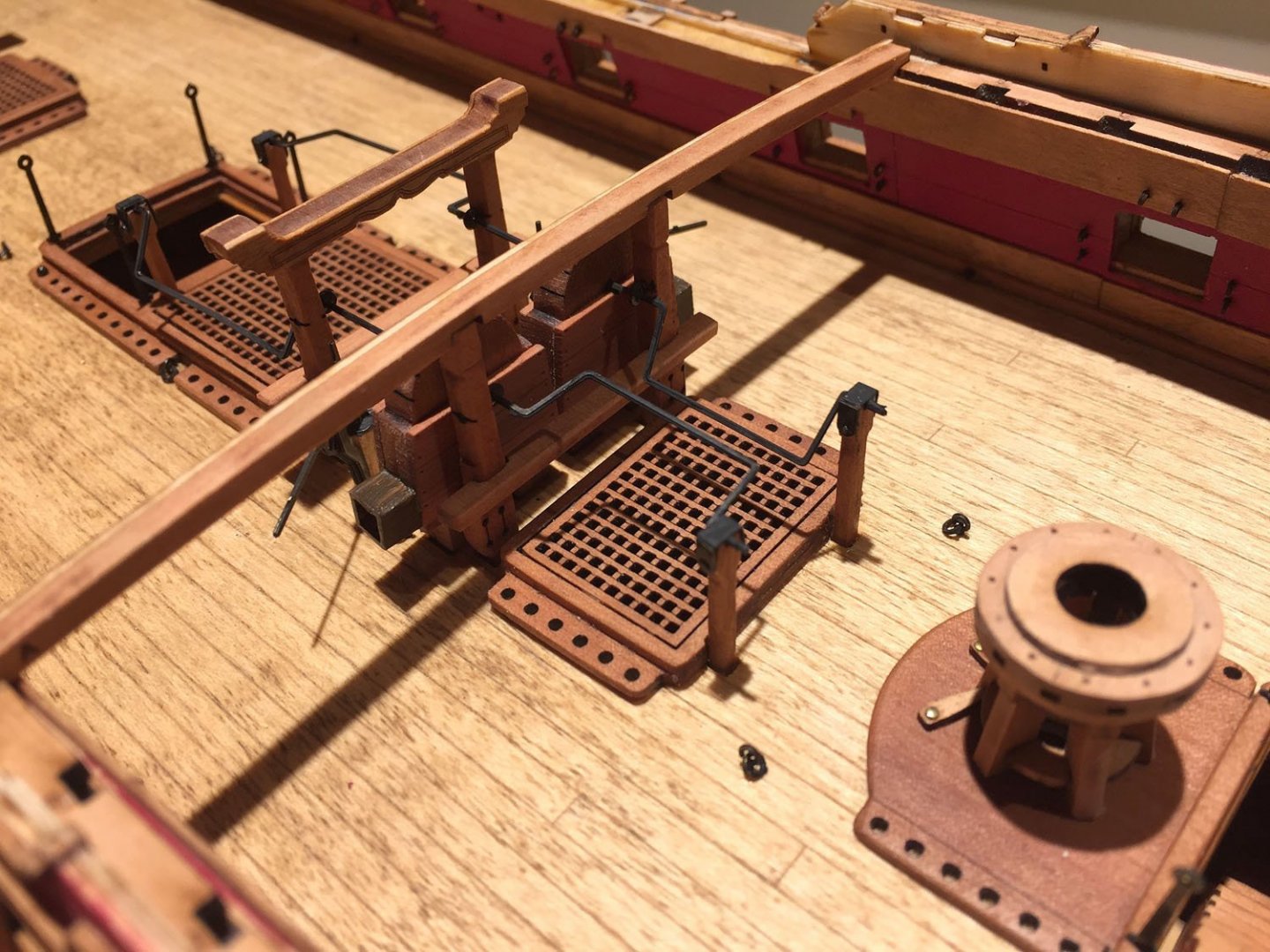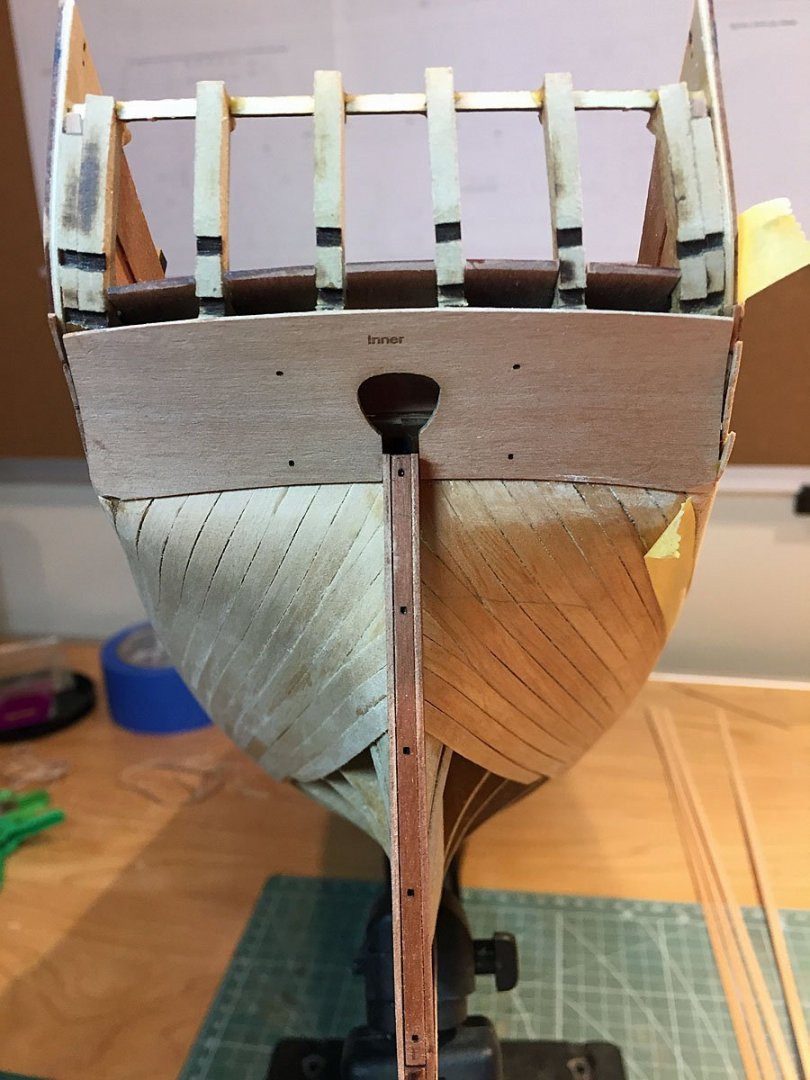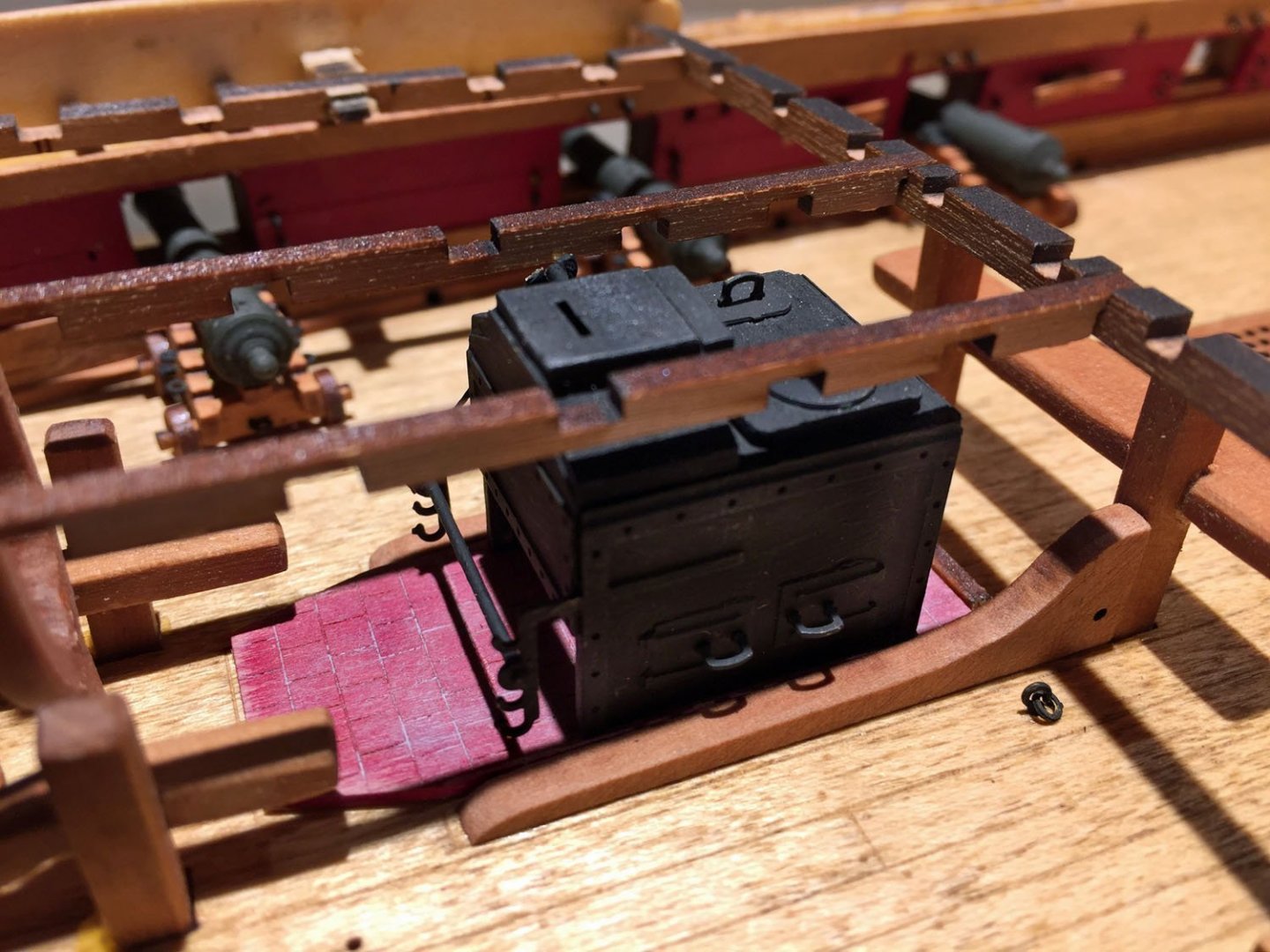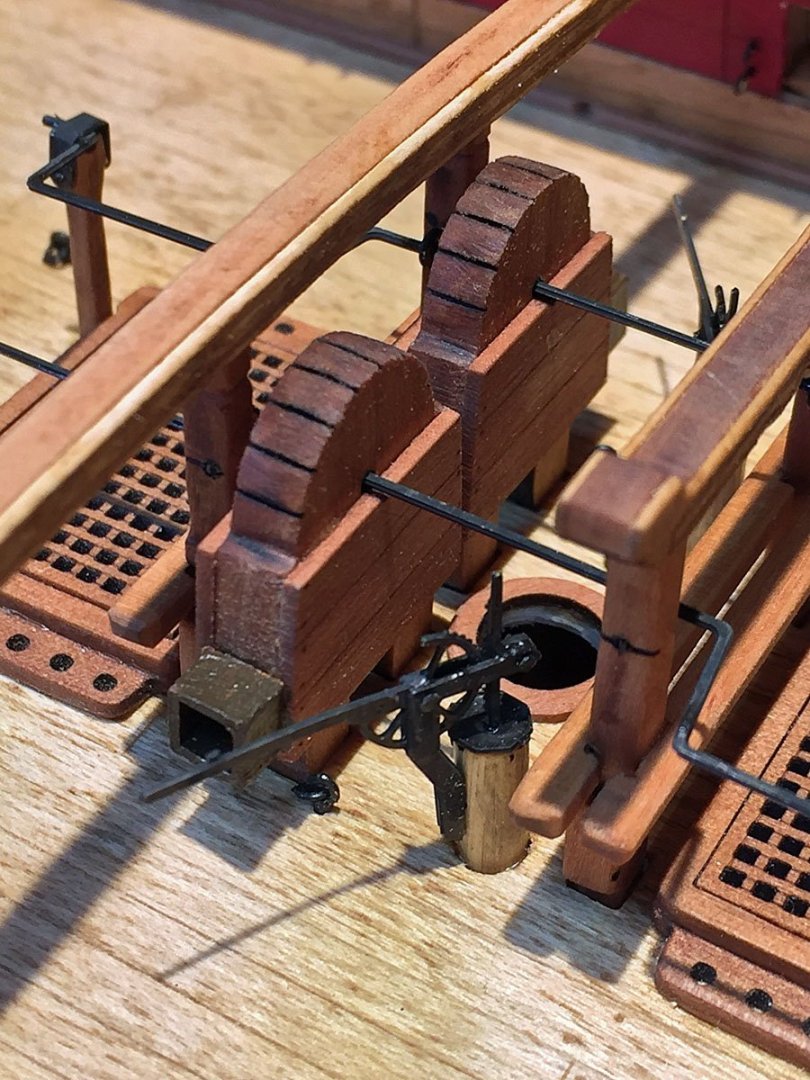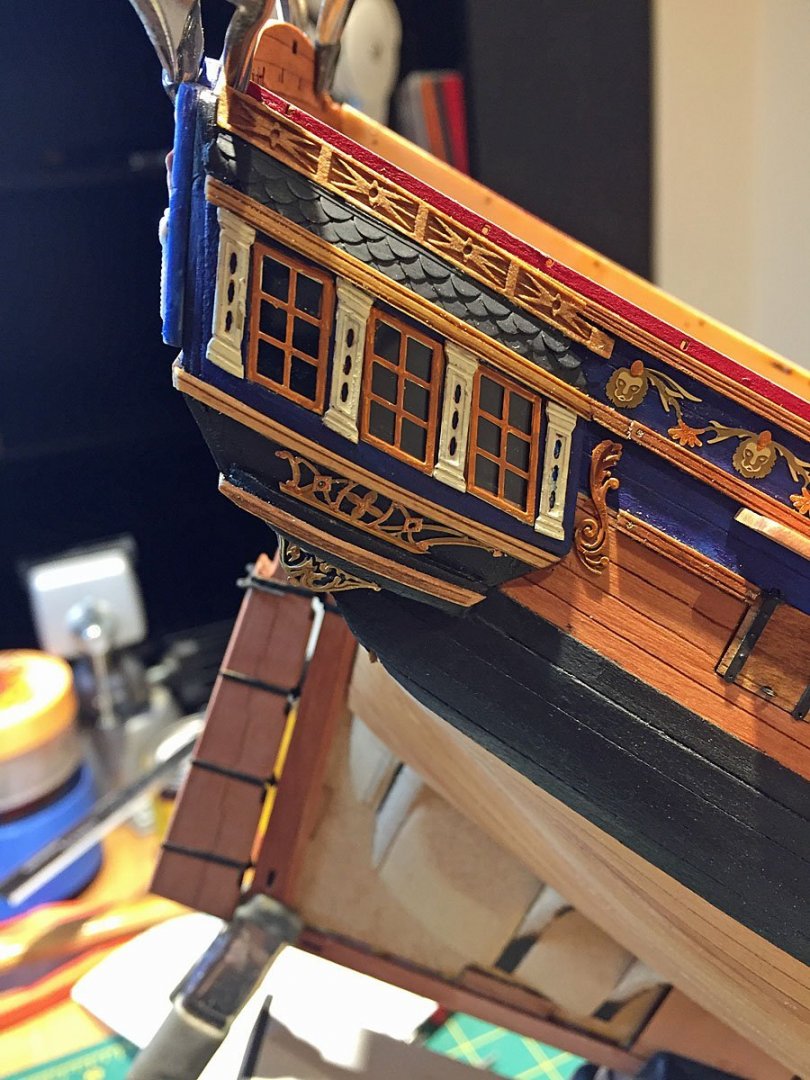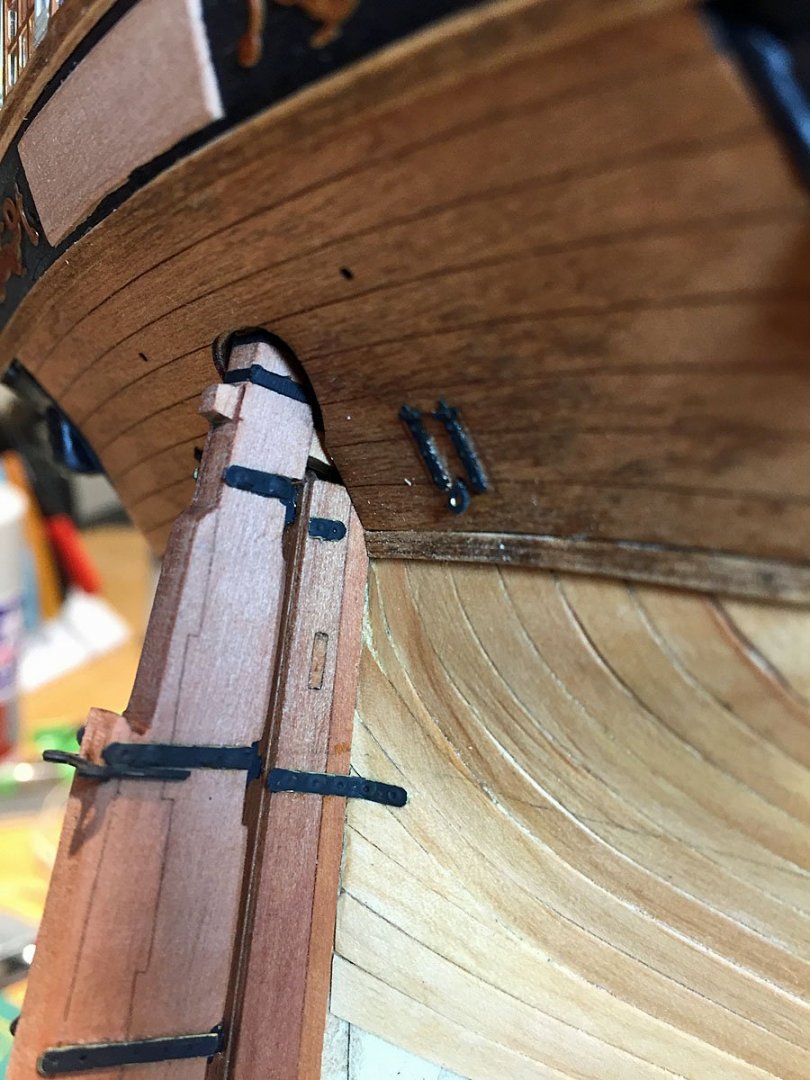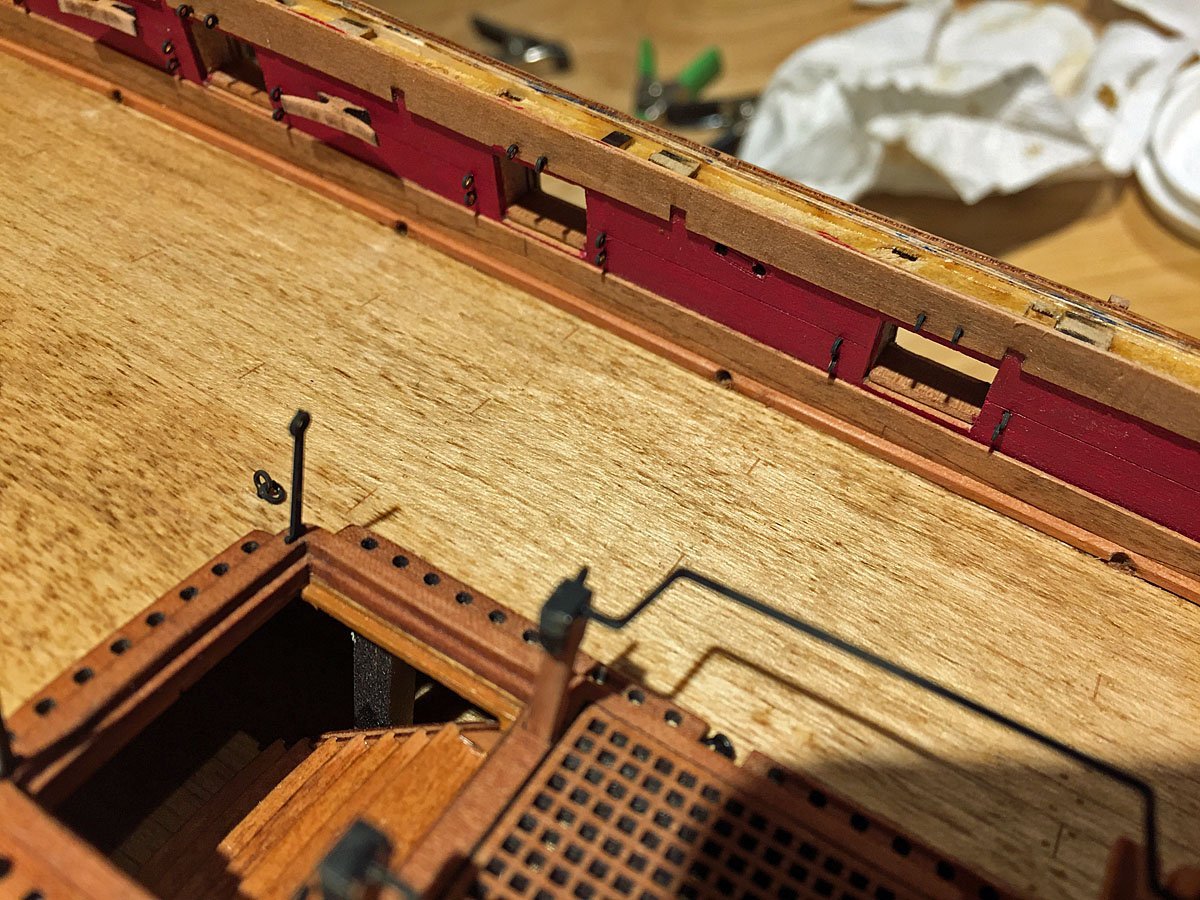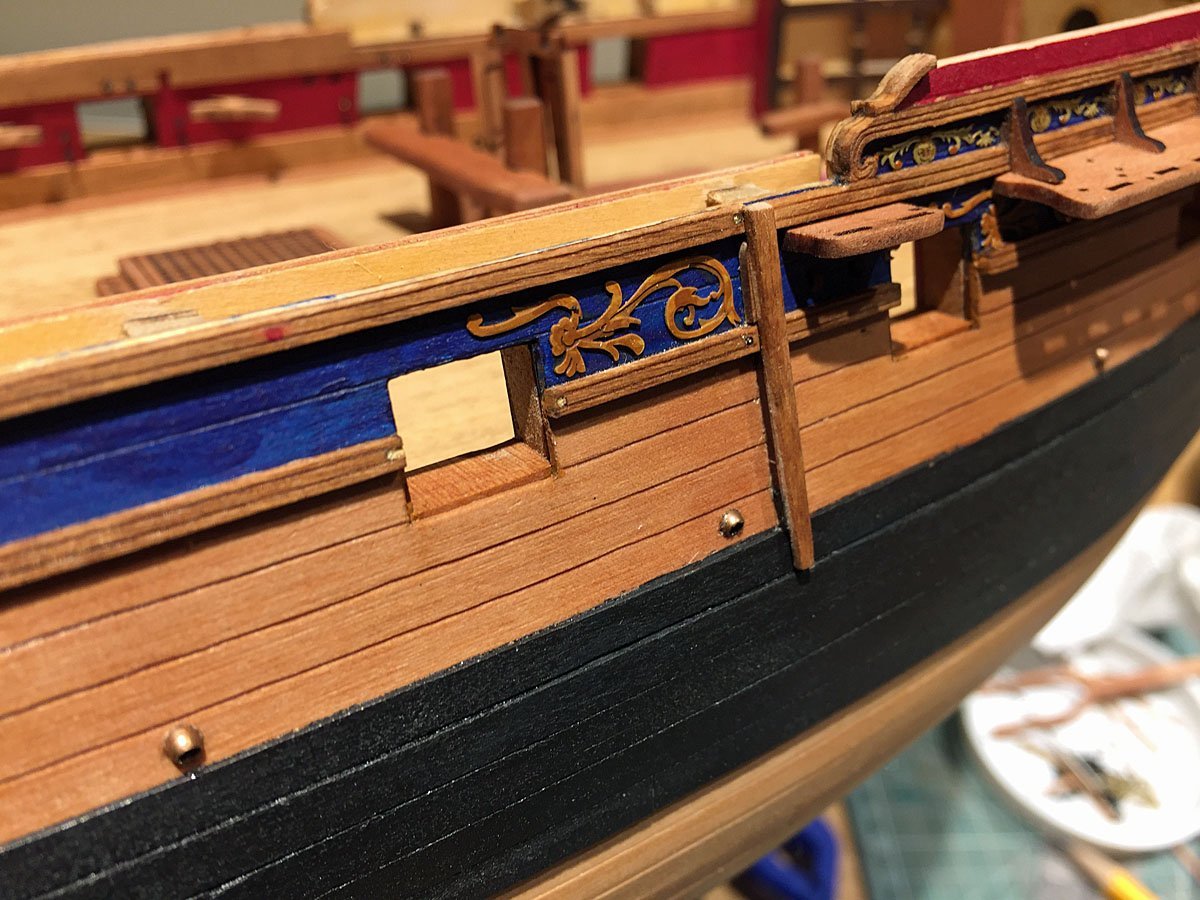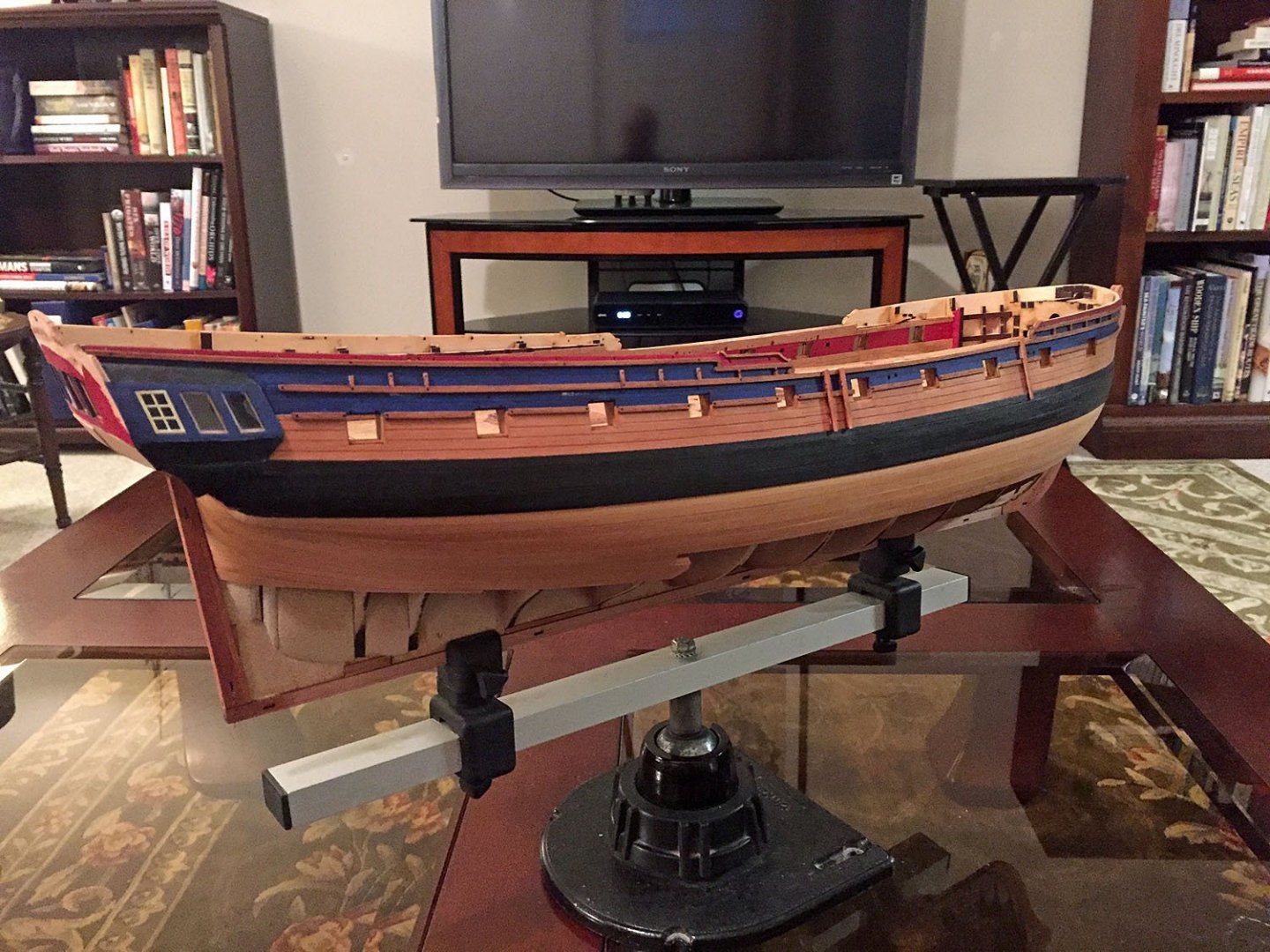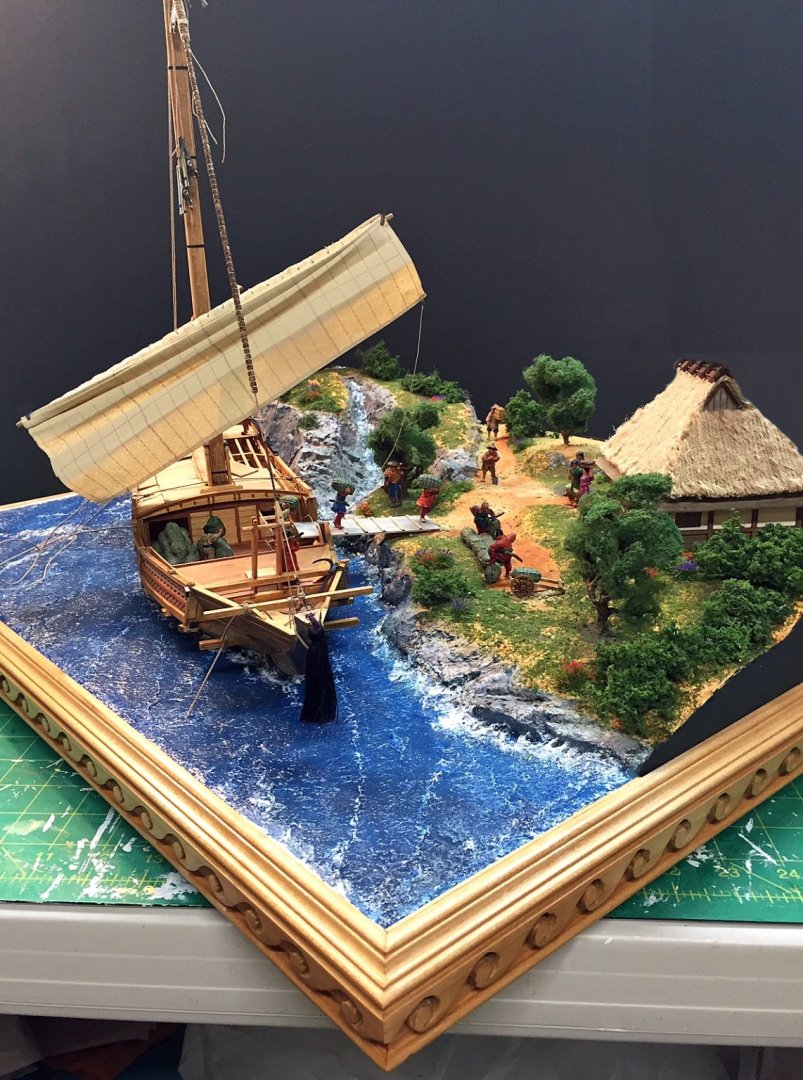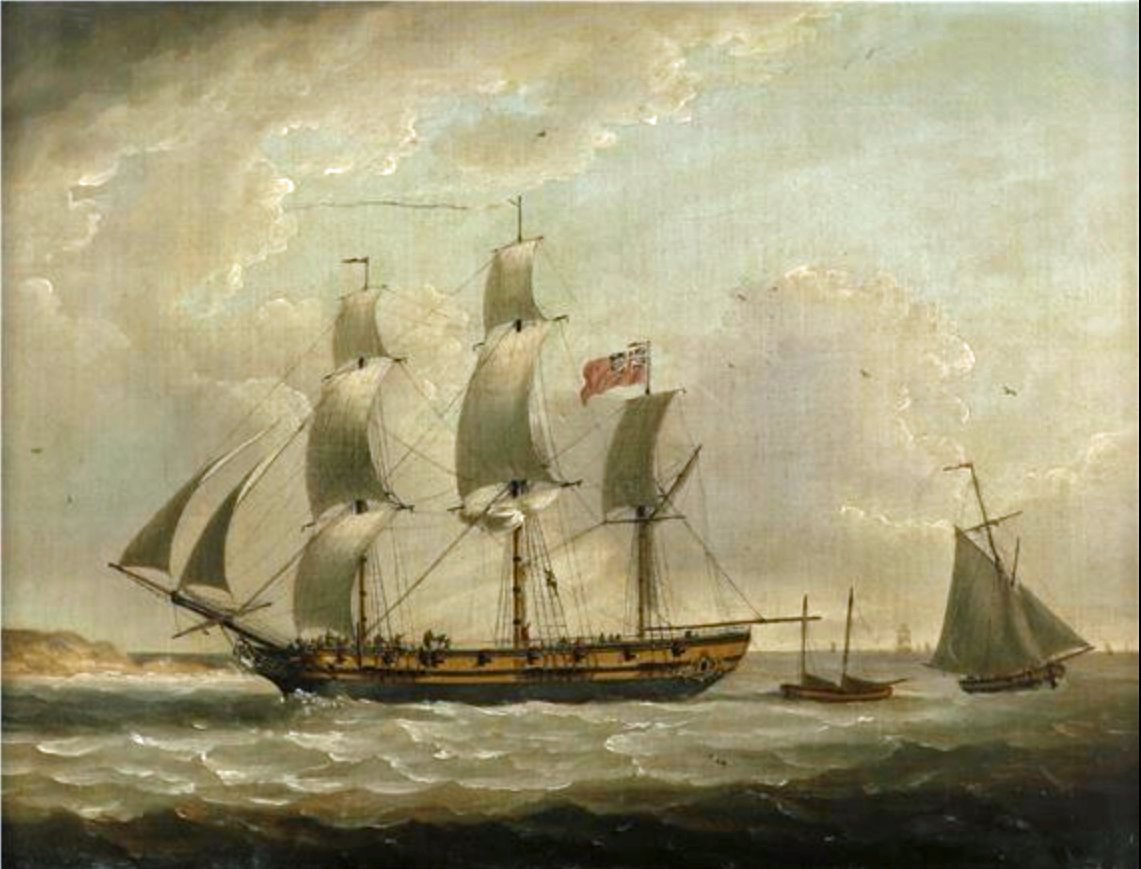-
Posts
1,554 -
Joined
-
Last visited
Content Type
Profiles
Forums
Gallery
Events
Everything posted by hollowneck
-
Me too! Clare... Excellent. This source continues to be an interesting modeling option. Thanks for posting the photo and details for ordering; I'm tempted to spend the ¥38,000 and put this on my stash shelf. What a kool "artifact" from Japan's maritime history. It resembles European warships of the Middle Ages with castles at the stem and stern because warfare was still bows n' arrows mostly. Apparently there was also plenty of rowing labor😂 then... I agree that with some good detailing and better coloration on the woodwork it would improve the look. When this kit hits your doorstep, please take a few pics of the box contents and the all-important instructions/plans. I'm sure I'm not the only one who'd love to see these as well as your build log - should you do one. My apologies for what appears to be my hijacking of your thread about this model's availability. I will remove the posted pics here if you'd like (by going to edit I think I can do this) - or you can since I've now posted these photos in the Gallery. I have yet to learn how to contain my enthusiasm; that's my excuse, for now... Ron
-
Clare, I opened P'Shop and re-rezzed some of my photos for my Takes A Village and I think this fixed the upload interpolation problem!...enjoy. I'm going to post these now to MSW gallery since I've figured out the problem which has been preventing me from contributing these to the MSW forum. You get an early peek!!🤩 Thanks for the incentive!! Best, Ron PS there's only one in this batch that didn't take on my fix...sorry
-
Clare, Thank you - I love yours too. Long time, no speak! Covid layed us all pretty low...but, on the East Coast earlier this month we had our joint clubs annual Northeast Conference in New London and it was very good; lots of old friends, many models, an all-around good experience. This conference is being reinstated in its regular slot in April (last Saturday of that month) in 2022. My new club (Philadelphia Ship Model Society) will be the host so I'm one of the lead guys to organize this event since I've worked on two previous Conferences with the Connecticut club. My wife and I moved to PA from CT this summer: a really long story with all kinds of problems (getting a new home, selling wasn't the issue) but things are settling in for us now. Our principal reasons for a major life change (at 75, trust me, it's a major change) were to be closer to family and the outrageously expensive living costs in Connecticut. The family part is the most important however, a daughter/son-in-law with 4 chilluns: an entire family we're very fond of. Yeah, sometimes the site flips uploads in weird orientations. I tried this earlier post a couple times and it kept doing it. Grrrrrrrrr. But I'm glad you took my suggestion to pick your monitor up and turn it...🤣 Actually, if you have an iPad you can turn off the auto-rotation and flipping it around is quite manageable!! I'm building Vanguard's HMS Sphinx kit now: I'm not doing a Build Log but I have posted some pics and a narrative on the Kit Review thread. Check it out if you'd like. I'll put my model (built as HMS Camilla, a sister ship of the era-1775) into a diorama. I'm hooked now and love to place my models in these dramatic settings. Here's a few more of my Ongakuka "Takes A Village"diorama; no guarantees on picture orientation...in fact, only two uploaded correctly this time, plus some of the figures I used which were wonderful. They came unpainted from the U.K. Please PM me when you get the new WoodyJoe Atakebune. Hope You and Yours are well and have stayed safe during the plague year (and a half). Cheers and Best Regards, Ron PS You may not know that I'm now a Director of the NRG. Mostly Good News. I'm very involved with new initiatives for the organization. Some tasking with MSW, but mainly with the quarterly Journal and other new things, like the yearly calendar, webinars, the 2021 Photo Contest, etc. ALso writing some feature articles that will be forthcoming next year.
-
Glennard has a good point: you'll need to adjust where the trim (trails) meet-up on the galleries (from the counters). The upper rails-to- gallery shouldn't be an issue- with the notable exception of a "gap" from the gallery roof to the drift rail. I fixed this eyesore with a tiny "extra" piece of rail inserted to fill the gap. It appears you've fixed the problem. Good recovery, Sir. Cheers! Ron
-
.jpg.d84ec4dad1d7791e855dca06210ab6f3.thumb.jpg.f45209242e851d4409eca1a09293165b.jpg)
Focus Stacking
hollowneck replied to Dennis P Finegan's topic in Photographing your work. How to do this.
Oops. I forgot to caption the pic of the lens: this is an 85mm, f1.28 Nikon PC/E micro Tilt/Shift lens. This lens is great for composing tight close-up shots that have crisp DOF (depth-of-field). By definition it also demands to be used with a full frame Nikon digital camera. Normally, I'll choose the 45mm TS lens version for most photo work with my models - when I choose to use my full frame camera and spend the additional time required with these specialized lenses. Both are fiddly, but create near view camera excellence. Needless to say, there is no auto focus with these lenses; manual only. In practice, the most efficient way to check one's focus is to snap a pic, enlarge it (in camera software) and make sure your focus is tack sharp across the frame. The above adds more "tech talk" detail, but some members may want to try this lens for their models if they're not inclined to spend hours in post-production computer jockeying and rather get back to their benches...😁 Ron -
.jpg.d84ec4dad1d7791e855dca06210ab6f3.thumb.jpg.f45209242e851d4409eca1a09293165b.jpg)
Focus Stacking
hollowneck replied to Dennis P Finegan's topic in Photographing your work. How to do this.
Focus stacking is a lot of work, even with Nikon's "Focus Shift." The Helicon software is sweet...but...as Glenn has explained earlier in this thread, the overhead is also substantial (especially with a full frame camera); one will end up with multiple huge data files to process in order to obtain a single shot. It's a similar scenario with "non-automated" focus shifting (multiple shots, blended together). The basic consideration in this thread is to take high-quality shots of ship models, attempting to achieve good depth-of-field where most of the subject is in good if not, critical focus. I use an old school system that gets a decent photo of my models in a single exposure - no post-production overhead with having to diddle with software, just a clean single frame. I can shoot a couple dozen photos with only one lighting set-up and get good quality results pretty quickly. Here's the specs for my model photography (see the photo here): I use my old Nikon D5100 with an AFS-DX 40mm (prime) lens. I shoot at f22 typically with long exposures with a low ISO setting (100 usually). The photo here was taken this way with no post-production Photoshop. This arrangement gives me a decent-sized file of about 10 Mb; I've been able to enlarge this base file to a 20" X 40" canvas image and it holds up reasonably well. --------- There is another route to excellent "single shot" results. I have also taken photos with a TS (tilt/shift) lens on a newer Nikon D620 (full frame) which allows me to shift the focal plane of the lens thus allowing me to capture a sharp image over a deep focal plane. With good tabletop lighting (3 sources- hot or strobe), I can stop down to f32 (the TS lens approaches large format camera lens capability) and then I let the magic (good depth-of-field) hit the camera's sensor on a much longer 2-3 second exposure typically. A long exposure also permits me also to "paint with light" in some circumstances for achieving good lighting effects. In this case, I shoot most of my studio photos of my models with either the 45mm or 85mm TS depending on the shot composition. TS lens' are also available for Canon. The TS range for Nikon (or Canon) can be rented by the day at reasonable prices since they are indeed, pricey ($1,500- $2,200). I am not aware of TS lenses for other digital camera models. For those on the thread who are not professional photographers, a TS lens mimics the movements of large view cameras. There are still view cameras (and high-quality, large image circle lenses) being used in photo studios that simultaneously employ large sensor arrays mounted to the rear of these "old school" view cameras where large format film holders used to go. The digital sensor array feeds its signal to a video monitor and a tethered computer. I hope some of this (inexpensive) technique and tech info can help non-pro shooters in our hobby shoot better photos, Ron -
Yep. The best solution.👍 Glennard - You're correct. I chose to go somewhere between photo 202 and photo 313, but leaned toward NOT SCRATCHING new stern counter piece(s). I hope all this has been helpful to you both. Glad you speak fluent English, Jesseji. I can't imagine trying to explain what I've done auf Deutsch!🤯 Ron
-
I made my stern fascia mounting - like you - to conform to photo 202, not 313. I did look ahead (as the manual suggests) before I mounted my piece - but I did this knowing the "gap" issue that would arise with the counter piece(s) not closely matching. I chose to "fudge" the vertical placement (by millimeters) so I didn't need to scratch a counter fill piece. The bulwarks-to-stern interface (and the slightly protruding decorative roof piece that has no function) isn't critical to the eye. At the end of the day, the best fit to the counters is much more significant. That was my choice. Ron
-
That looks better - your stern fascia is now even a little higher than mine - which will be fine to align the bulwarks to stern interface. And, Yes, the ply piece that reinforces the fragile MDF stern timbers IS VISIBLE through the windows. A more significant issue as you've discovered is that the lower counter (inner pattern) doesn't meet the stern fascia bottom properly. Hence, some scratching will be required; perhaps a slender strip that can fill the visible gap- but you'll need to trace the curvature at the bottom of the stern piece so don't mount it yet! Ron
-
The stern fascia piece needs to align so that the top of it (which has the "scallop" peak on the sides is exactly flush - even- with the highest point of the bulwarks that it meets (thin red section). You can see (barely) that my alignment of these elements at this point is slightly lower (perhaps .6 mm) than optimum but my tolerance at this same point is closer on the starboard side of my build. This is what I meant by "close tolerances for proper fitting." My comment about the lower counter and finishing piece/drop has nothing to do with this upper stern fit dilemma; my apologies, this may have been confusing. Please note however that in the manual there is an error in the build photo on Page 41, step photo 220 and points to the PREVIOUSLY MOUNTED Gallery Upper Pattern in error: this is a subsequent build step and DOES affect the lower gallery construction. James H may clarify this for you. Ron
-
Maybe this pic will help, Jasseji. With this high magnification, a lot of things show-up that don't normally meet the eye! You'll likely note that I changed the configuration of the lower gallery finishing piece "drop"- this is also very dependent on the alignment of the MDF slot pieces to build the gallery. Cheers, Ron
-
Yep. Good that you caught this problem before you go much further. It appears that the stern fascia piece is 2-3mm too low, which of course is going to affect the counters you've already built. From your previous posts - excellent work BTW - you have the skills to adjust to this problem and scratch new pieces as required. The stern is, by far, the most critical part of this build: the complex angles and multiple pieces that form this area all require carefully executed mounting with close tolerances for proper fitting. Ron
-
Bob, Thanks for the shout out. I plan to take photos of the entire project as it moves along. There is a lot of interest in dioramas and I agree there isn't much detail since I believe there aren't many ship modelers who are comfortable with this creative aspect. I understand this as I had reservations myself a few models ago. It does add significantly to the build time. It can also add additional money to projects too, depending on the materials and size of presentation. As I post for my HMS Camilla over the next couple months and as I get to post-rigging and sails, I'll keep a sharp weather eye on interest for more detail on how I create my water/maritime scenarios. I plan to complete my model with set sails BEFORE I build its setting. Ron
-
Whoa Gentlemen! This is all going to my head😂.......(keep it coming!🤪) Sincere thanks. I'll contribute more "updates" as I move along in lieu of a formal Build Log. There are so many great things about this kit, there's plenty more insights to come. For example: just in today's build session, I've noted that it's very important to tell prospective Sphinx builders that the decision to build her as a "reveal" (open viewing through the top decks) means that one needs to seriously consider NOT Masting or RIGGING (stub masts would be o.k. simulating a "Dockyard/Admiralty" style model). I've anticipated that when I reach the masting/rigging stage that the view into these openings will be quite obscured and one will need to get perilously close to the model to actually peer into the below deck(s) goodies. One needs to consider just how much an effort should be expended with the superb interior details if they're going to rig this beauty. I should note that I am building the HMS Sphinx kit as HMS Camilla, a sister ship of nearly identical dockyard specs. I also need to mention that my model is being built also as a waterline/diorama model wherein, 80% below the waterline won't be seen. This should explain why there is no finished planking running to the keel/garboard area. Enuff for now! Ron
-
Yikes! Gives new meaning to "flyspecs in the pepper"! Now, we've seen 1/200, and 1/350. What about 1/700?....any takers? Ron
-
HMS SPHINX Build Comments & Observations Note: This post is not specifically a “What’s In The Box” Kit Review. The photos and comments have been prepared by ship modeler, Ron Neilson, in lieu of a full Build Log. A Quick Summary by one modeler: Although I am only about halfway through my build of the latest Vanguard Models kit, HMS Sphinx, and while I have made some of my own modifications (as any builder does), the process thus far has been excellent, thanks to the high-quality of this kit. Many precisely cut pieces of mostly MDF and decent quality Swiss Pear have been provided. As I was building up the basic and extensive hull forms, I constantly referenced my calipers to double-check the fitting of parts. At first, I couldn’t believe the precision of these elements. In many cases, I measured +/- .005 – which is quite extraordinary. The construction in some areas is “Lego-like,” that is, “plug ‘n’ play.” This aspect of the fundamental hull “skeleton” also helps maintain precision tolerances across the entire length and breadth of the 1/64 ( 3/16” = 1 foot) model. The kit’s provided building jigs - which you assemble separately - are also very useful. As witness to the unique design innovations embodied in the kit, what is shown in these photos was completed in less than forty-five days. I’d estimate that in the recent past, a model of similar complexity and scale would have taken me nearly twice the time. Vanguard has created a stunningly high-quality kit that can be crafted by any journeyman ship modeler with a moderate level of perseverance. Precise, laser cut pear wood is employed throughout the build. The delicate “rails” along the hull are provided as pre-cut patterns which is a very interesting approach to creating these necessary elements. All gunports (22 including the bridle ports) align nicely with the layered approach to building up the bulwarks to faithful thickness. A single piece gundeck is delicately and precision-etched to indicate the tapered planking, trunnels included. The deck furniture pieces are all in pear and because they are lasered from similar stock, all match, beautifully. Although slightly tricky to align properly, the design of the amidships chain pump handle mechanism is brilliant. The same applies to the über-detailed hand pumps. Both are P.E mini-masterpieces that will be fun to build. There is nice detail on the ironwork components. The deck coamings, hatches, bitts and various support stanchions lend themselves to nice extra detailing. The quarter galleries are always a challenge to fabricate, but the design in this kit is the best I’ve encountered thus far in years of building this era of sailing ships. The detail of the tiered P/E roof tiling is especially nice. The severe stern tuck was worth the effort, the built-up rudder and cleverly-designed ironwork for the gudgeons and pintles is evident on close inspection. The headworks are exquisitely designed and detailed with a combination of precision laser-etched pear pieces. I was impressed once more at the close tolerances of all these items that fit together like a glove. The single-piece upper stern cabin resin cast decoration is very clever and a definite showpiece of the model. The extensive, decorative elements of this model are what will draw many modelers to make the investment in both time and treasure to build it. The sweep of the ship’s lines is very appealing; I can imagine that in real life, this was a gorgeous ship to behold, indeed. The clever design engineering, the fastidious manufacturing, excellent materials and comprehensive guidance provided in this high-calorie kit (the build manual and extensive, full-size plans) is exemplary; cleverness and ingenuity abounds throughout. Did I mention the large, full-color, clearly photographed, 144-page Build Manual accompanied by twenty-three (count ’em!) extensive, full-size, actual scale (1:64) large plans? It boggles the mind initially when one opens the heavy (insert weight in pounds- 15lbs?) and sturdy box of goodies. The manual and plans alone must weigh 3 pounds. What kit manufacturer does this? Vanguard Models does. And there will be countless builders who want, need and can afford the exemplary challenges this kit provides. Regarding money, this kit’s ultimate value is that it can potentially deliver a museum-quality model and thus, in my world, it’s a bargain at twice the price. The HMS Sphinx kit stands as the current pinnacle of Vanguard Models’ superb and innovative work over the last many years by the U.K.’s dedicated and well-regarded ship model kit designer, Chris Watton. ———- The photos aren't in a chronological sequence, only random shots I've taken during my build to the date of this post. There will be more commentary and photos to come as I make more progress with my fun build. And why spend many solitary hours at this challenging hobby if it isn’t fun?
-
A Warm Welcome Adam. You've found the "sweet spot." You's soon discover there are a good number of modelers here who are into string theory (i.e. rigging). Ron
-
I would be interested in this model. I built WoodyJoe's Higaki Kaisen last year and placed it in a diorama. A superb kit with many new challenges... not the least of which was a build document in Japanese. But with thanks to Clare Hess and his advice along the way, it got completed and is now displayed as "It Takes A Village." For those who can read Japanese, the Clan ensign reads: "Ongakuka" (maru): which translated means "Musician(ship)." Pun totally intended! Ron PS Sorry, kids: I have no idea why these photos uploaded in crazy orientations. A suggestion: just grab your screen and rotate it.
-
Bob, I have a large number of photos in the MSW Kit galleries; search on my handle/avatar or enter "HMS Swan" or "LeTigre." Also, the 2021 MSW Calendar had my LeTigre privateer pictured for March. I have no plans at this time to do a full-on Build Log (per se) of HMS Camilla, however, I am thinking about showing how I'll make sails (with added sail rigging) and how I create my "open water" dioramas. By background, I am a photographer and writer and in tackling a detailed Build Log it would easily add another several months onto my project: I like to keep all my models to under a year in the workshop. Thanks for your interest and encouragement. Ron
-
FYI: For my Sphynx-interested, kit-watching colleagues, here is a rendition the HMS Camilla. The artist is John Thomas Serres, (Mad) King George III's official Maritime Painter. Studying this painting, there are neither quarterdeck nor foc'sle built-up bulwarks apparent (and the absence of related weaponry); also, the quarter galleries are suspect since I believe Chris' reference drawings would indicate his design to be more accurate. Ron
-
My Sphynx (nee' "Sphinx") arrived this week in good condition and very quickly indeed (I'm on the East Coast, US). I've been poring over the plans and the myriad of goodies in Chris' 13+ pound box: there's very nice laser cut pear throughout; the PE brass looks excellent as does the resin cast stern decoration form and a kool figurehead. It'll be no surprise to Chris that I'm making/bashing his lovely Sphinx as HMS Camilla, essentially a sister ship. Camilla had an astonishing 45 year active service life with a long list of prizes under several distinguished captains. I intend to paint her name on the stern over a new piece of shaped pear. Related to the above conversation (jasseji), I am also considering building-up the bulwarks and adding carronades as Camilla's later life had her very active post British/American war and well into the French Revolutionary era. I may copper her, however not much of this addition will be seen since I also will place her in a diorama with set sails. As I have also done on all my recent models, I'll likely give her a (minimal) crew. I'm presently thinking the diorama's "place setting" will be off the Brittany coast, in the Channel - and in hot pursuit of a naughty French corsair... The lovely box with keel and bulkheads await me. In today's vernacular, this is an awesome kit. I'm pumped! Ron
About us
Modelshipworld - Advancing Ship Modeling through Research
SSL Secured
Your security is important for us so this Website is SSL-Secured
NRG Mailing Address
Nautical Research Guild
237 South Lincoln Street
Westmont IL, 60559-1917
Model Ship World ® and the MSW logo are Registered Trademarks, and belong to the Nautical Research Guild (United States Patent and Trademark Office: No. 6,929,264 & No. 6,929,274, registered Dec. 20, 2022)
Helpful Links
About the NRG
If you enjoy building ship models that are historically accurate as well as beautiful, then The Nautical Research Guild (NRG) is just right for you.
The Guild is a non-profit educational organization whose mission is to “Advance Ship Modeling Through Research”. We provide support to our members in their efforts to raise the quality of their model ships.
The Nautical Research Guild has published our world-renowned quarterly magazine, The Nautical Research Journal, since 1955. The pages of the Journal are full of articles by accomplished ship modelers who show you how they create those exquisite details on their models, and by maritime historians who show you the correct details to build. The Journal is available in both print and digital editions. Go to the NRG web site (www.thenrg.org) to download a complimentary digital copy of the Journal. The NRG also publishes plan sets, books and compilations of back issues of the Journal and the former Ships in Scale and Model Ship Builder magazines.

